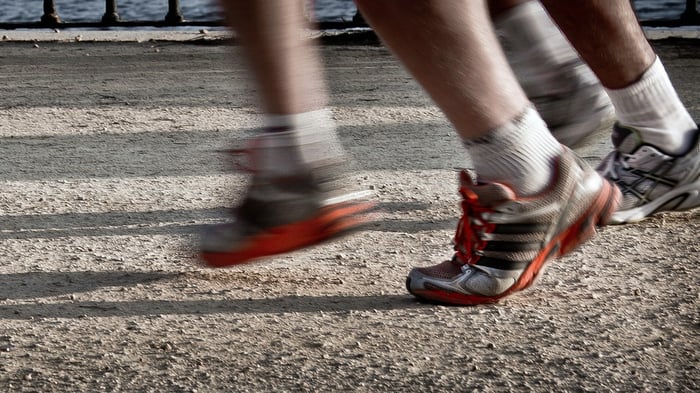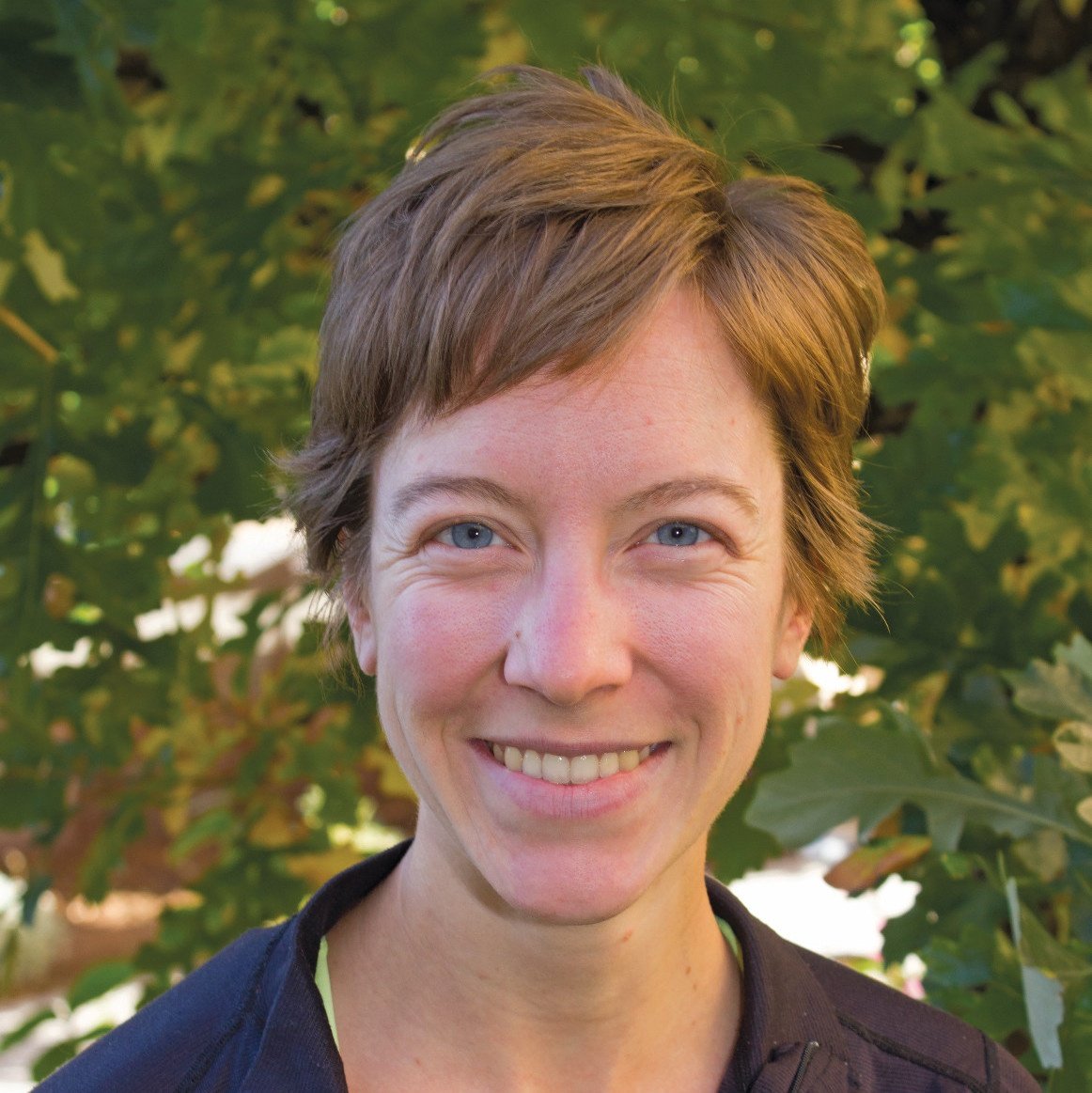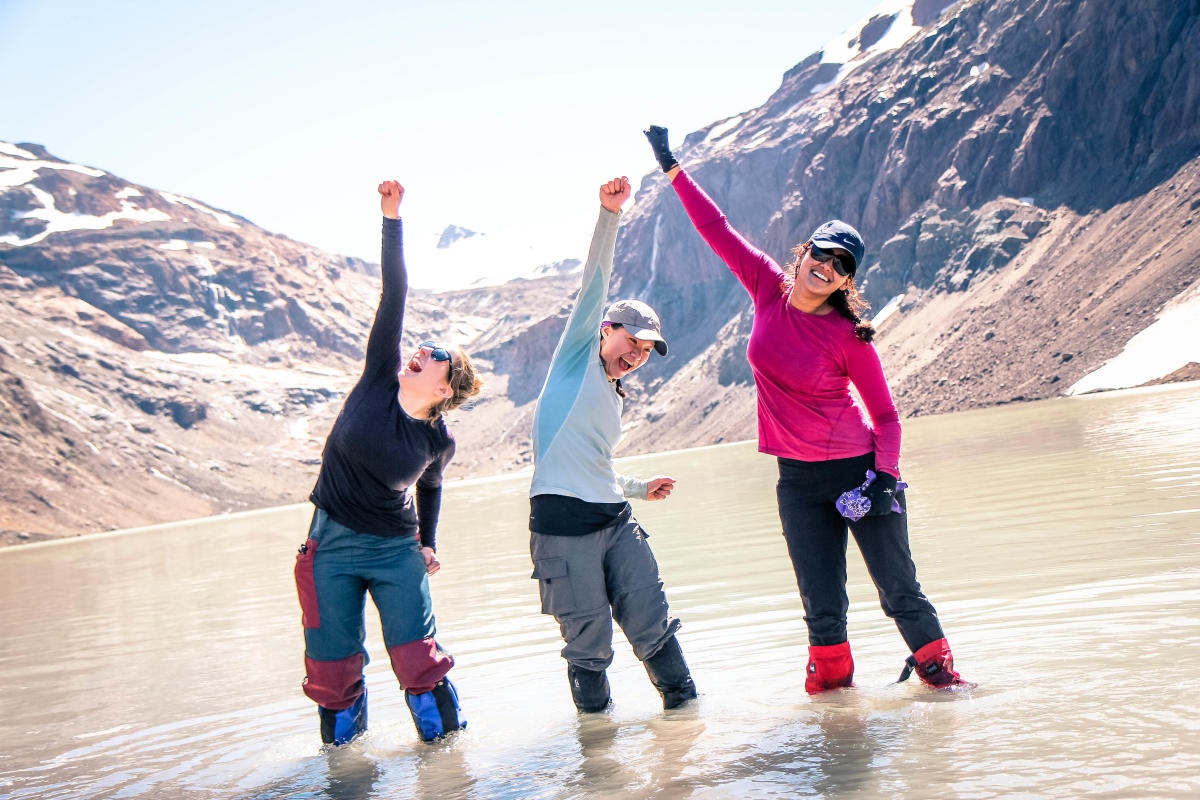NOLS courses are pretty rigorous.
Whether you’ll be paddling from camp to camp, hauling gear onto a glacier, or managing a rambunctious packhorse, you’re going to be pretty tired by the end of the day.
But with a little planning and determination, you can prepare for the physical challenges of your course, or any extended backcountry trip, by following these fitness guidelines.
Start Now!
Even if there isn't much time before the start of your expedition, or you're already in “great shape,” you will benefit from some focused conditioning.
It's never too soon, or too late, to start training. Every little bit counts!
How to Organize Your Routine
Frequency
Exercise five to six times per week. Getting into the habit of almost daily exertion is important, since many backcountry trips require a ton of exertion each day.
This doesn't mean you have to spend hours each day exercising, especially if you are just getting started. Start by keeping your exercise sessions short.
Time
As with frequency, start by considering what your trip will be like—will it include moving for hours at a time, or short bursts of energy followed by some longer periods of sitting?
For most of NOLS courses, you'll be working hard for several hours each day. Aim to make your workouts last at least 60 minutes (again, start shorter and increase gradually), and try to incorporate some longer, sustained workouts into your routine, like going for an all-day walk.
Intensity
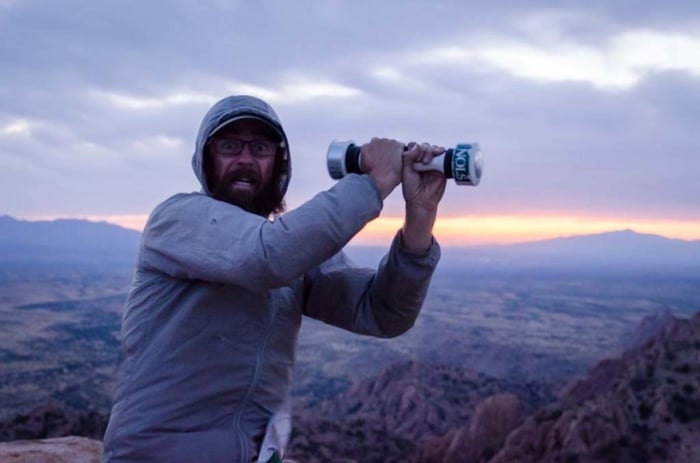
Exercise intensity is a subjective measure of how hard physical activity feels to you while you’re doing it—your perceived exertion.
Your perceived exertion may be different from what someone else feels doing the same exercise. What feels like a hard run to you can feel like an easy workout to someone else.
While your heart rate offers a more objective look at exercise intensity, measuring it requires you to repeatedly check your pulse or invest in a heart rate monitor. Fortunately, your perceived exertion correlates well with your heart rate. So, if you think you’re working hard, your heart rate is likely elevated.
Initially, do most of your exercise at a low intensity, where you can have a conversation as you're exercising and can sustain the exercise for an hour or more. As you get more comfortable, incorporate one or two higher intensity sessions per week, sessions that make you breathe hard and elevate your heart rate.
What Type of Exercise Should You Do?
There is no hard-and-fast rule for the best type of exercise for an expedition, but we do suggest some general guidelines.
Short answer: Just do something!
Get up and get moving. Keep it simple and fun so that you’re more likely to do it. Anything you do that elevates your heart rate and makes you work hard will be beneficial.
Long answer: Most of your exercise should be aerobic.
Aerobic exercise will help you build endurance. These exercises should involve the large muscle groups and should be continuous in nature.
Types of Aerobic Exercise
- Hiking in hilly terrain
- Jogging
- Swimming
- Biking
- Cross-country skiing
Since you're building endurance, aim for lower intensity levels but longer-duration sessions. Try to mix it up and don’t just do an activity you’re already good at.
In addition, some of your exercise should be spent building strength—don't worry, you don't need to join a gym or hire a personal trainer.
Strength exercises may be kept simple with a variety of body weight exercises (e.g., push-ups, planks, lunges, burpees, squats, mountain climbers). The internet is full of suggestions and videos on how to do exercises like these.
One to two strength sessions per week is a good target to supplement your aerobic exercise.
Flexibility and Balance
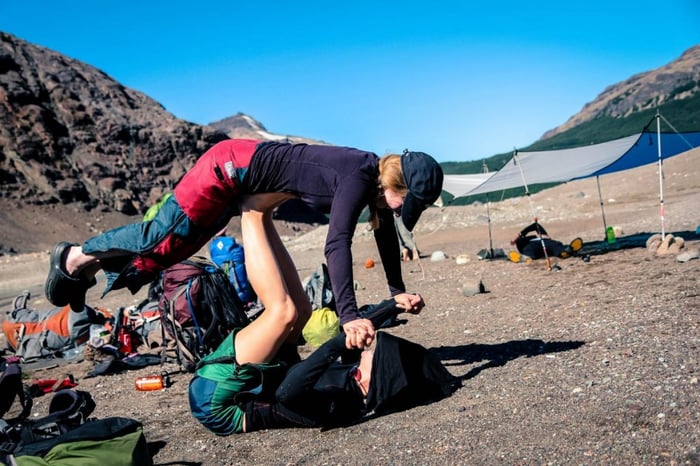
This is an underappreciated and often underdeveloped area of fitness. Flexibility and balance will be helpful to you no matter what NOLS course you participate in. Building some time for stretching into your exercise routine, or practicing yoga, are great ways to work on flexibility.
Specificity
Every activity uses different muscles, so mimicking the activity you'll do on your expedition will allow you to develop the specific muscles you’ll need.
If you’re going on a backpacking course, go for hikes, preferably in hilly terrain. Carry a light pack at first, and gradually increase your distance and pack weight.
Some activities are harder to do on your own, but a bit of research into the muscle groups used for the activity will help you find appropriate exercises to develop those muscles. For example, running hundreds of miles on flat terrain will certainly help your overall cardiovascular fitness, but it won’t fully prepare you to carry a heavy pack in the mountains or paddle a kayak.
The Bigger Picture
Improving your physical condition for your course is a wise thing to do, and it makes sense as a lifelong habit. Increasing your fitness will not guarantee you an easy time during your expedition, but it will allow you to perform at a higher level, recover from the physical stress faster, focus on learning skills, and enjoy the natural beauty of the wilderness and the companionship of your fellow expedition members.
Time to get going!
Editor's Note: Guidelines from the NOLS Risk Management Department. Post updated 3/9/18
Written By
Molly Herber
Molly is a NOLS instructor and writer. She loves the smell of her backpack and does her best writing before 7:00 am. When she's not scouting the next post for the NOLS Blog, she's running and climbing on rocks in Wyoming. Follow her on Instagram @mgherber


